Shanghai: Where Tradition Meets Tomorrow
Discover the vibrant heart of Shanghai on this immersive free walking tour, blending rich history with modern marvels for an unforgettable experience.
Time
3 Hours
Stops
5 Places
Distance
5.0 km
The Bund
The Bund is a famous waterfront area in central Shanghai, offering stunning views of the skyline and a glimpse into the city's colonial past.
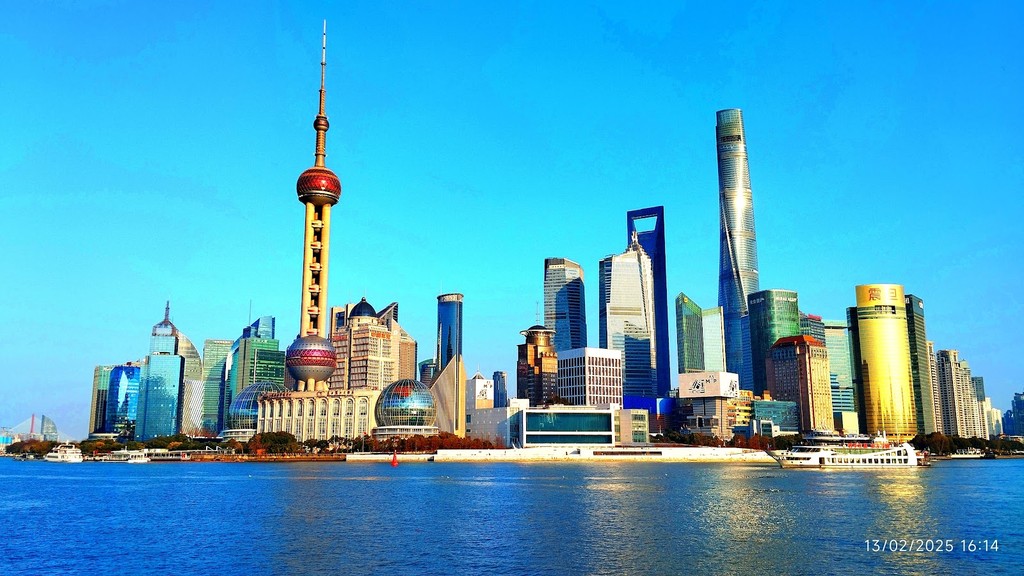
The Bund (Source: Google Maps)
The Bund is a renowned waterfront area in Shanghai, famous for its stunning views of the skyline and historical architecture. This promenade stretches along the Huangpu River, showcasing a mix of colonial-era buildings and modern skyscrapers. The Bund was originally a British concession in the 19th century and has since become a symbol of Shanghai's rich history and rapid development. Visitors can admire the neoclassical, Gothic, and Art Deco styles of the buildings, which contrast beautifully with the contemporary skyline across the river, including the iconic Oriental Pearl Tower and Shanghai Tower. The area is not only a visual feast but also a cultural hub, often hosting events and exhibitions. Strolling along the Bund at night, when the buildings are illuminated, offers a magical view that captures the essence of Shanghai's dynamic spirit.
Shanghai Tower
As the tallest building in China, the Shanghai Tower is an architectural marvel that symbolizes the city's modernity and ambition.
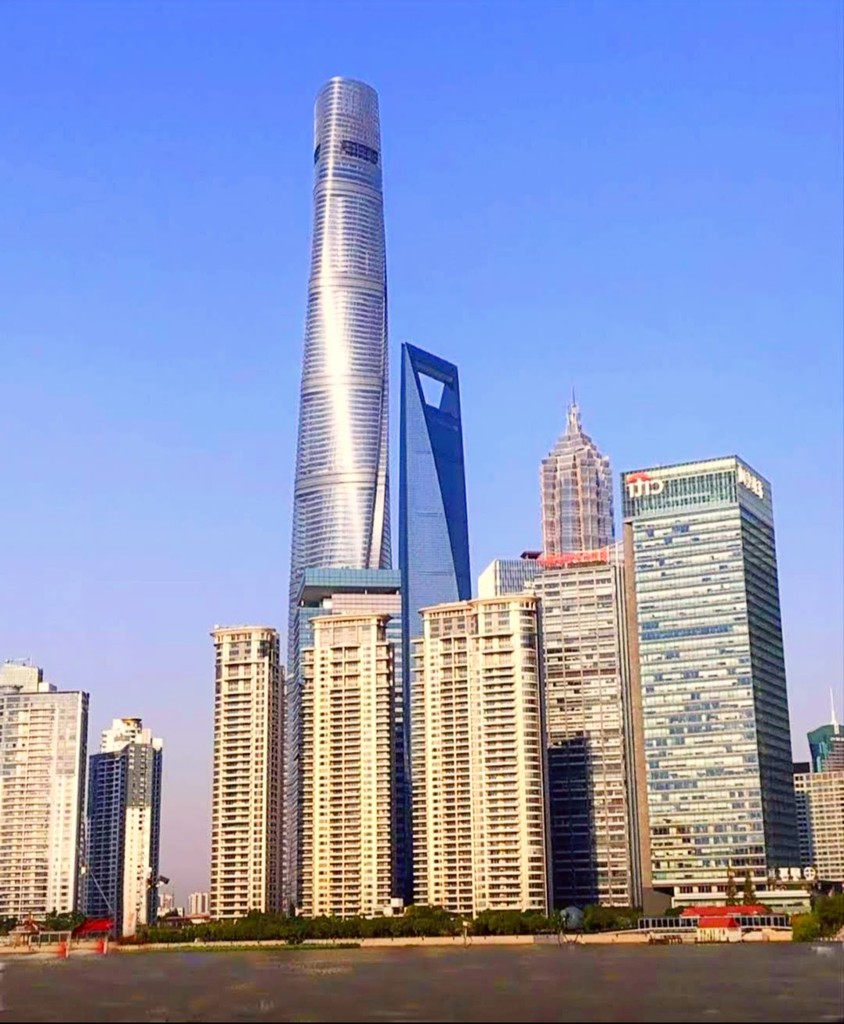
Shanghai Tower (Source: Google Maps)
Standing at 632 meters, the Shanghai Tower is the tallest building in China and the second tallest in the world. Completed in 2015, this architectural marvel is a symbol of Shanghai's rapid modernization and ambition. Designed by Gensler, the tower features a unique twisting shape that not only adds to its aesthetic appeal but also enhances its structural stability against wind forces. The building houses offices, hotels, and retail spaces, and includes the world's highest observation deck, offering breathtaking panoramic views of the city. The Shanghai Tower is also notable for its sustainable design, incorporating energy-efficient systems and green technology. Visitors can learn about the building's innovative engineering and its role in shaping Shanghai's skyline, making it a must-see landmark for anyone exploring the city.
Old City of Shanghai
The Old City is a maze of narrow lanes and traditional buildings, offering a contrast to the modern cityscape and a taste of historical Shanghai.
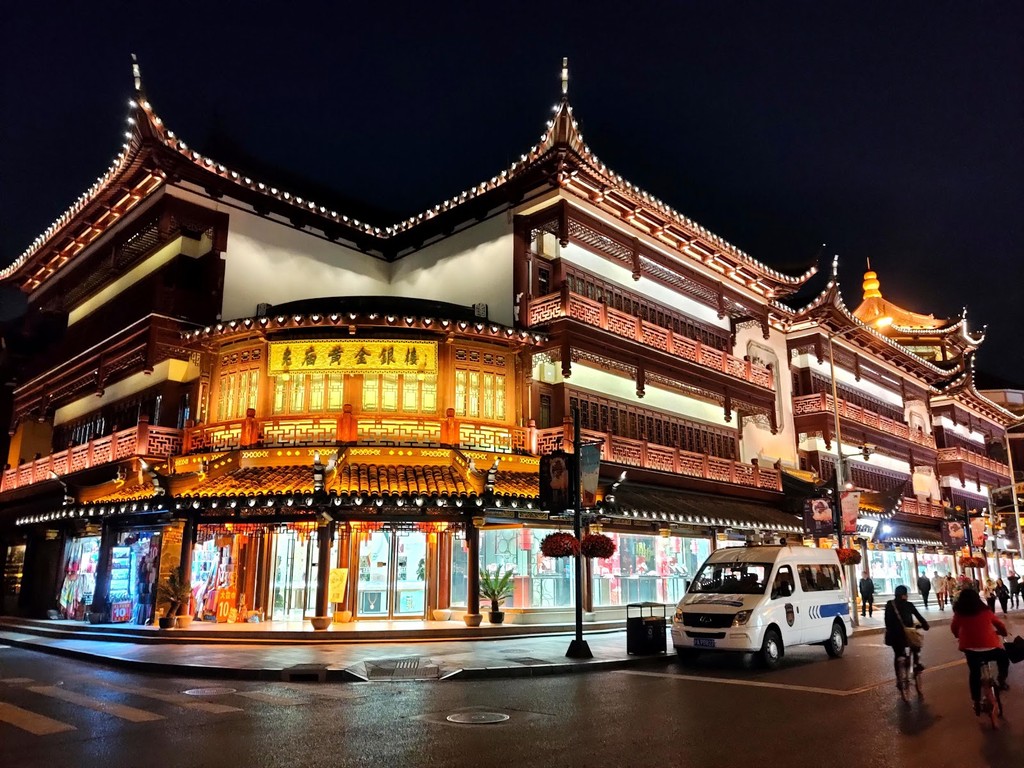
Old City of Shanghai (Source: Google Maps)
The Old City of Shanghai is a fascinating area that showcases the city's rich history and traditional architecture. This historic district features narrow lanes, ancient temples, and traditional courtyard houses, providing a glimpse into the life of Shanghai before its rapid modernization. The Old City is home to significant cultural landmarks, such as the City God Temple and Yuyuan Garden, which reflect the city's heritage and local customs. The area is characterized by its bustling markets, where visitors can shop for traditional crafts, snacks, and souvenirs. The contrast between the Old City and the surrounding modern skyscrapers highlights Shanghai's evolution over the centuries. Walking through the Old City, one can appreciate the intricate details of the architecture, including traditional Chinese roofs and decorative elements, while also experiencing the vibrant atmosphere of local life.
City God Temple of Shanghai
Located near Yuyuan Garden, this temple is a significant Taoist place of worship and offers insight into local religious practices.
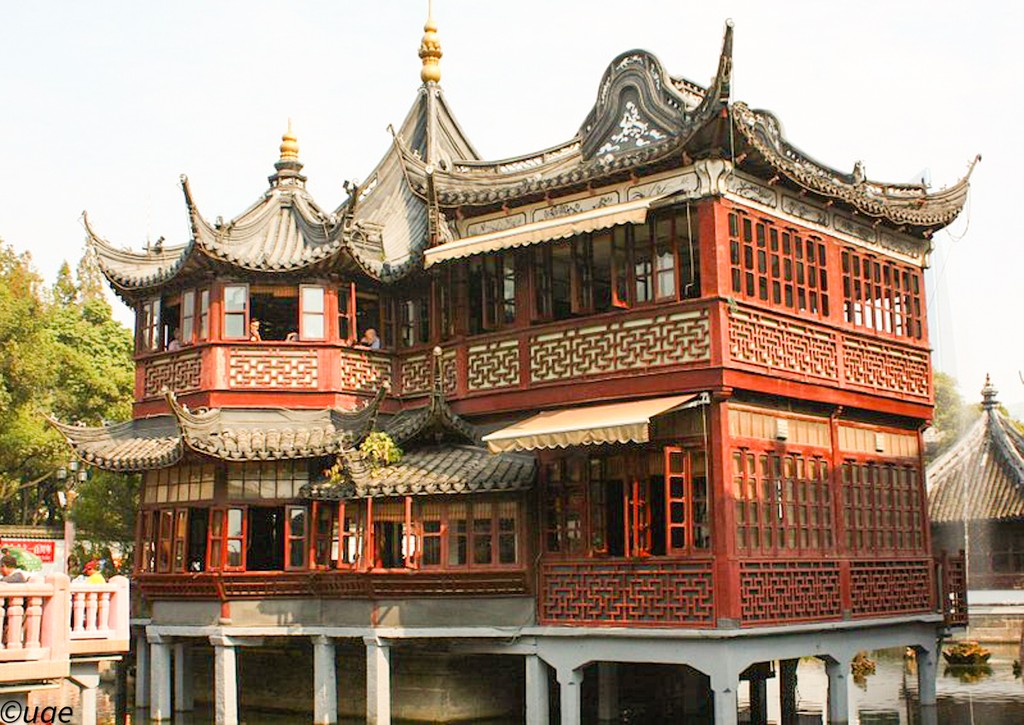
City God Temple of Shanghai (Source: Google Maps)
The City God Temple of Shanghai is a significant Taoist temple located in the heart of the Old City. Originally built in the 1400s, it has undergone several renovations, preserving its historical and cultural significance. The temple is dedicated to the City God, who is believed to protect the city and its inhabitants. The architecture of the temple features traditional Chinese design elements, including ornate roofs and intricate carvings, making it a beautiful example of religious architecture. Visitors can explore the temple grounds, which include several halls and pavilions, each adorned with colorful decorations and offerings. The temple is not only a place of worship but also a cultural site where locals gather for festivals and ceremonies. The surrounding area is lively, with shops and food stalls offering a taste of local cuisine, making it a popular destination for both tourists and residents.
Yuyuan Garden
Yuyuan Garden is a classical Chinese garden dating back to the Ming Dynasty, providing a peaceful escape from the bustling city with its beautiful landscapes and traditional architecture.
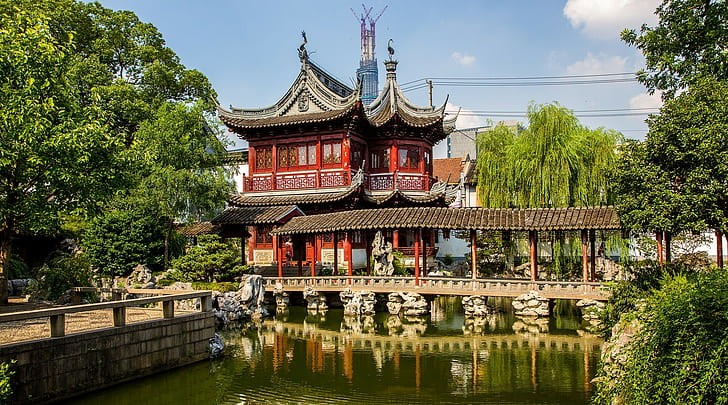
Yuyuan Garden (Source: Google Maps)
Yuyuan Garden is a classical Chinese garden dating back to the Ming Dynasty, renowned for its exquisite landscaping and traditional architecture. Covering five acres, the garden features a harmonious blend of pavilions, rockeries, ponds, and lush greenery, designed to create a tranquil escape from the bustling city. Originally built for a wealthy official, Yuyuan Garden reflects the principles of traditional Chinese garden design, emphasizing balance and natural beauty. Visitors can stroll along winding paths, admire the intricate stone carvings, and enjoy the serene atmosphere. The garden is also home to several historic structures, including the Grand Rockery and the Exquisite Jade Rock, each with its own story. Yuyuan Garden is not only a beautiful oasis but also a cultural landmark, often hosting events and exhibitions that celebrate Chinese heritage, making it a must-visit destination in Shanghai.

Your travels, your rules.
Create your own Free Walking Tours.
Set your preferences, distances and anything you want to do or see.
Completely free, no payment required.